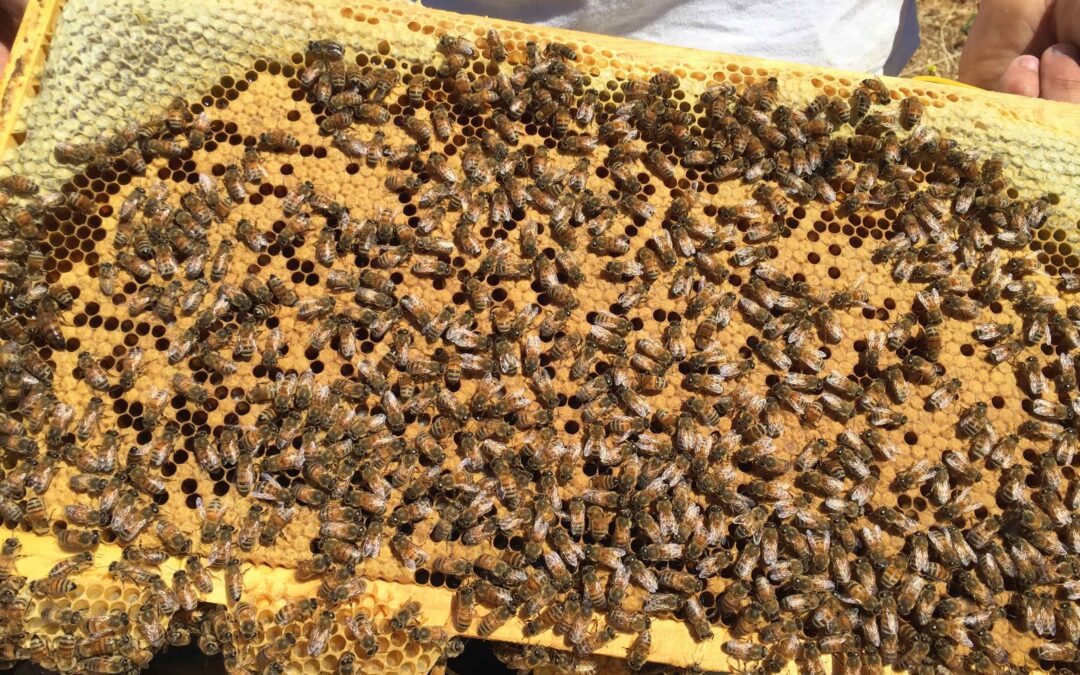Helping a new honeybee nucleus colony (or “nuc”) grow and successfully produce honey in its first year involves careful management and attention to the specific needs of the colony. Here’s a general guideline to help you through the process:
1. Starting with a Strong Nuc
- Source Quality: Obtain your nuc from a reputable supplier. It should contain a laying queen, several frames of brood at various stages, and enough worker bees to maintain the brood’s temperature and feed them.
- Inspection: Ensure the queen is present and laying a good pattern of eggs. Check for signs of diseases or pests.
2. Feeding
- Initial Feeding: Nucs often need supplemental feeding, especially if natural nectar sources are scarce. Feed them sugar syrup (1:1 sugar to water ratio) to stimulate brood rearing and wax production.
- Monitor and Adjust: Continue feeding until they are building new comb and foraging actively. Transition to a thicker syrup (2:1 ratio) in the fall to help them prepare for winter.
3. Hive Management
- Proper Housing: Transfer the nuc to a standard-sized hive once they outgrow the nuc box. This usually involves transferring the frames to a larger hive and adding additional frames for the colony to expand.
- Pest and Disease Management: Regularly check for signs of diseases like Varroa mites, American foulbrood, or Nosema and treat accordingly. Early intervention is key to keeping the colony healthy.
4. Expansion
- Space Management: As the colony grows, add more frames and boxes to prevent overcrowding and swarming, which could reduce your honey yield. Use queen excluders to keep the queen in the brood boxes, preventing her from laying eggs in honey supers.
- Comb Management: Rotate old combs out and introduce new ones to maintain healthy brood patterns and efficient honey storage.
5. Harvesting
- Timing: Don’t expect a large harvest in the first year as the colony is still establishing. However, in good conditions with strong forage availability, you might be able to harvest some honey by late summer or fall.
- Method: Use a bee brush or a bee blower to gently remove bees from the frames during harvest. Ensure you leave enough honey for the bees to survive the winter—this is crucial for their survival.
6. Winter Preparation
- Feeding: In late fall, ensure the colony has enough honey stores for winter. If not, feed them sugar syrup or fondant.
- Insulation: Depending on your climate, you might need to provide some insulation or windbreaks to help the bees maintain their hive temperature.
7. Regular Inspections
- Perform regular inspections to check the health of the queen, the progress of the brood, and the overall condition of the hive. Adjust your management practices based on what you observe.
8. Education and Community
- Join a local beekeeping association and consider finding a mentor. The experience and knowledge gained from other beekeepers can be invaluable, especially when encountering challenges.
Managing a new nuc and guiding it to produce honey in the first year can be a rewarding experience. However, it requires patience, effort, and a willingness to learn and adapt to the needs of your bees.

